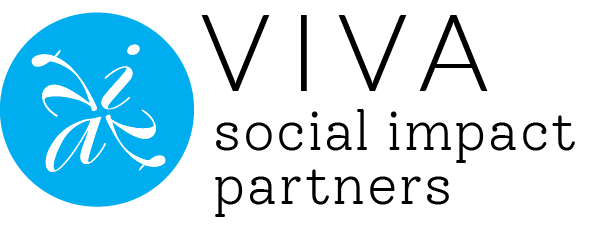2 min read
What is Rapid-Cycle Evaluation? (And Why You Should Be Considering It for Your Next Evaluation)
Katy Nagy
March 24, 2025
Blog

Rapid-cycle evaluation is an evaluation approach that enables real-time, data-driven improvements, in addition to longer-term learnings like most evaluation approaches.
Understanding Rapid-Cycle Evaluation
Rapid-cycle evaluation (RCE) is an innovative approach designed to quickly assess and refine programs and initiatives. Unlike traditional evaluation methods that might take years to yield results, RCE operates in shorter, iterative cycles, allowing for timely feedback and adjustments. This methodology is particularly useful in dynamic fields like healthcare, where patients are being helped in real time, and waiting years to make an improvement doesn't make sense for patients or providers.
The core principle of RCE is to implement, measure, and refine. Programs undergo continuous cycles of evaluation, each informing the next. This iterative process ensures that interventions are constantly improved based on real-time data and stakeholder feedback.
Differences Between Rapid-Cycle Evaluation and Traditional Evaluation Methods
Many traditional evaluation methods typically involve long-term studies that can take years to complete. They often use a fixed design and produce results that may not be available until the program has already been fully implemented. This delay can be problematic, especially when immediate adjustments are needed.
In contrast, rapid-cycle evaluation is designed to be flexible and responsive. It incorporates shorter cycles of implementation and assessment, which means that insights can be gained and applied almost immediately. This allows for quick adjustments that can significantly improve program effectiveness in real-time.
Identifying the Right Situations for Rapid-Cycle Evaluation
Rapid-cycle evaluation is particularly well-suited for initiatives that require quick adjustments and continuous improvement. It is ideal for pilot projects, new interventions, or any program operating in a fast-paced environment. In healthcare, especially in services targeting children and families, the ability to make swift adjustments based on real-time data is crucial for addressing immediate needs and improving outcomes.
For instance, when implementing new health screenings or referral processes, the flexibility of RCE allows healthcare providers to quickly identify what works and what doesn't, ensuring that services are continually optimized.
Real-Time Adjustments: How Rapid-Cycle Evaluation Improves Health Services
One of the key advantages of rapid-cycle evaluation is its capacity to facilitate real-time adjustments. By continuously collecting and analyzing data, healthcare providers can make informed decisions quickly, leading to immediate improvements in service delivery.
This approach not only enhances the quality of care but also ensures that interventions are responsive to the needs of patients and their families. For example, if a developmental screening program for children is found to be ineffective, adjustments can be made in the next cycle to improve its efficacy, benefiting children and families more rapidly.
Case Study: VIVA, First 5 LA, and L.A. Care's Success with Rapid-Cycle Evaluation
A notable example of the success of rapid-cycle evaluation is the partnership between VIVA, First 5 LA, and L.A. Care. This initiative aimed to increase developmental screenings and referrals by helping pediatric providers improve their processes and protocols. The rapid-cycle evaluation that VIVA conducted found a 593% increase in average monthly developmental screenings between July 2021 and January 2023. But it also found gaps and areas for improvement that were shared with the partners and pediatric practices to make adjustments during this period. These significant improvements were possible due to the cyclical feedback gained through the rapid cycle evaluation approach, demonstrating the transformative potential of RCE in healthcare. Through collaborative planning, stakeholder engagement, and iterative evaluation cycles, the program achieved remarkable results.
